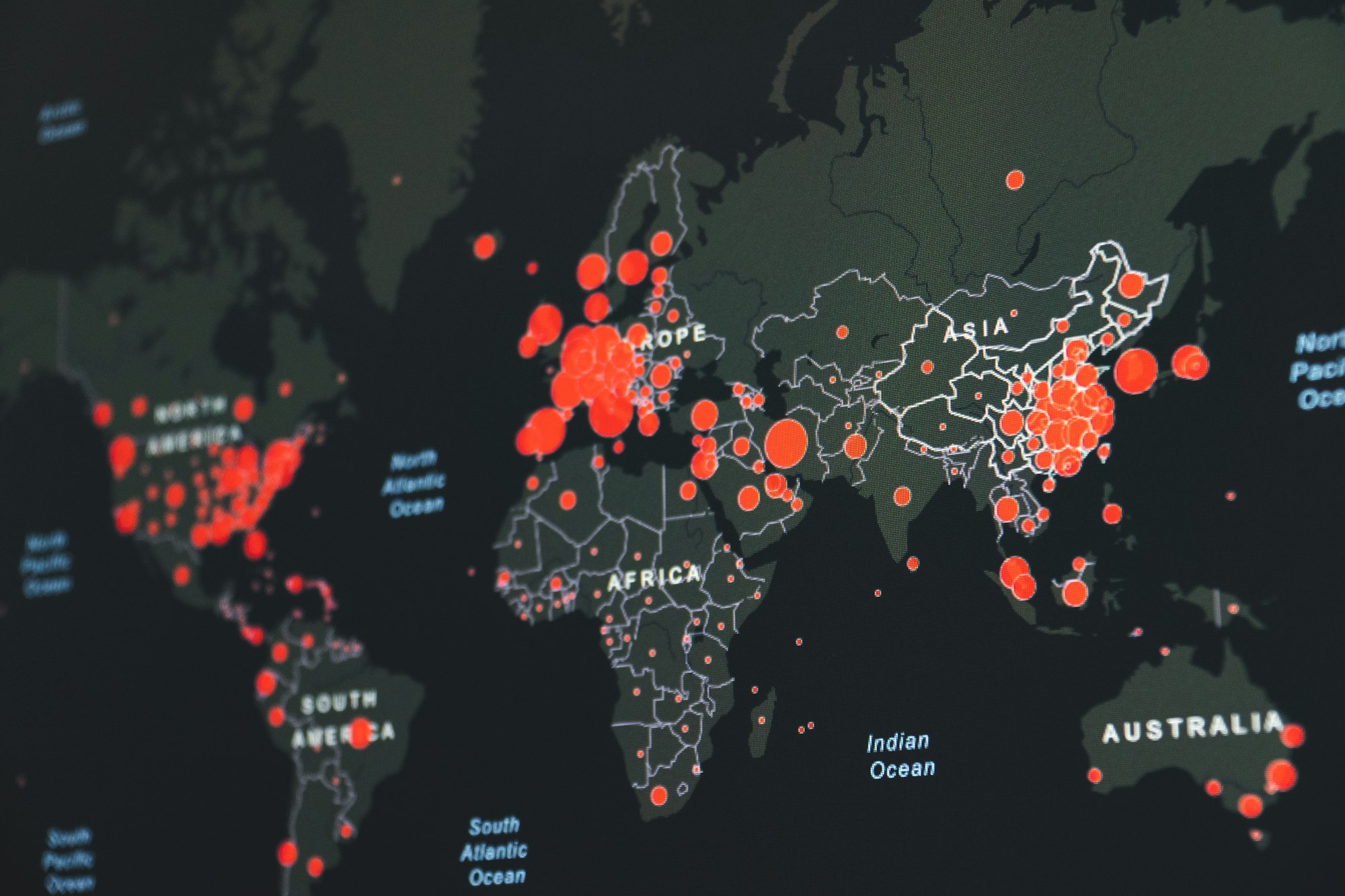
The Pango Network has defined two genetically distinct sublineages of B.1.1.529: BA.1 and BA.2. The prefix ‘BA’ is an alias for B.1.1.529 (read more information about how Pango aliases work here).
Since the first B.1.1.529 sequences were identified, a number of genomes have been uploaded by researchers in South Africa, Australia and Canada which shared many (>30) of the defining mutations of B.1.1.529 but did not have the entire complement of Omicron mutations, as defined by the WHO. Notably this cluster had a number of its own defining mutations, distinct from Omicron (BA.1). This suggested these sequences shared a common ancestor with the first discovered genomes. We have therefore designated this common ancestor as B.1.1.529 and relabelled the Omicron variant of concern as sublineage BA.1, and the new outgroup as sublineage BA.2. There are currently no designated sequences for B.1.1.529 because we have not (yet) seen examples of this in the global database of sequences. The definition of BA.1 remains consistent with the WHO definition of Omicron.
The second group of sequences now designated as BA.2 carry almost all the spike RBD mutations first noted in Omicron, and both furin cleavage adjacent mutations as well as the NSP6 deletion seen in other VOCs. Due to these shared mutations, it is likely to be investigated by scientists as another possible variant of interest. However this second group is missing the mutation which results in the S-gene target failure for some RT-PCR tests seen in Omicron.
The first detected BA.2 genome was from a sample collected mid-November (2021-11-17) in the Gauteng province of South Africa and submitted to GISAID on the 27th November (accession: EPI_ISL_6795834) by the Centre for Epidemic Response and Innovation, Stellenbosch University and KZN Research Innovation and Sequencing Platform, UKZN. A second genome was then submitted by Queensland Public Health and Infectious diseases REference (Q-PHIRE) Genomics from a sample collected at the start of December (2021-12-01) from a traveller from South Africa. Subsequently a further 5 genomes, at time of writing, were submitted by the Public Health Ontario Laboratory, Toronto, Canada. This suggests this lineage is actively transmitting.
Within the pangolin assignment tool, we run the software tool scorpio to check for the defining constellations of mutations for each VOC and VOI. In the latest release (pangolin v3.1.17, scorpio v0.3.15, constellations v0.0.28, pango-designation v1.2.107; run ‘pangolin –update’ to install the latest releases), we include definitions for BA.1, BA.2 and the parent lineage B.1.1.529. Within the publicly available Omicron sequence data, we have regularly seen genomes which share the distinctive mutation profile of Omicron, but with many missing bases, or with many reference calls at the defining mutation sites. This can be due to co-infection with a mixture of virus sequences, reinfection, lab contamination during the sequencing process or bioinformatics pipelines. To avoid missing Omicron sequences, we have therefore additionally provided a “Probable Omicron (BA.1-like)” definition with relaxed thresholds for ref and alt alleles at the mutation sites. For the short term, we also flag sequences classified as B.1.1.529 as “Possible Omicron (B.1.1.529-like)”. Both “probable” and “possible” classifications should ideally be investigated for bioinformatics pipeline artifacts or evidence of mixed infections or contamination to get the most reliable results.
| B.1.1.529-like (Possible Omicron) | Probable Omicron (BA.1-like) | Omicron (BA.1-like) | BA.2 | |
| Number of defining mutations | 39 | 58 | 58 | 66 |
| Min alt alleles | 28 | 25 | 38 | 47 |
| Max ref alleles | 5 | 18 | 8 | 8 |








